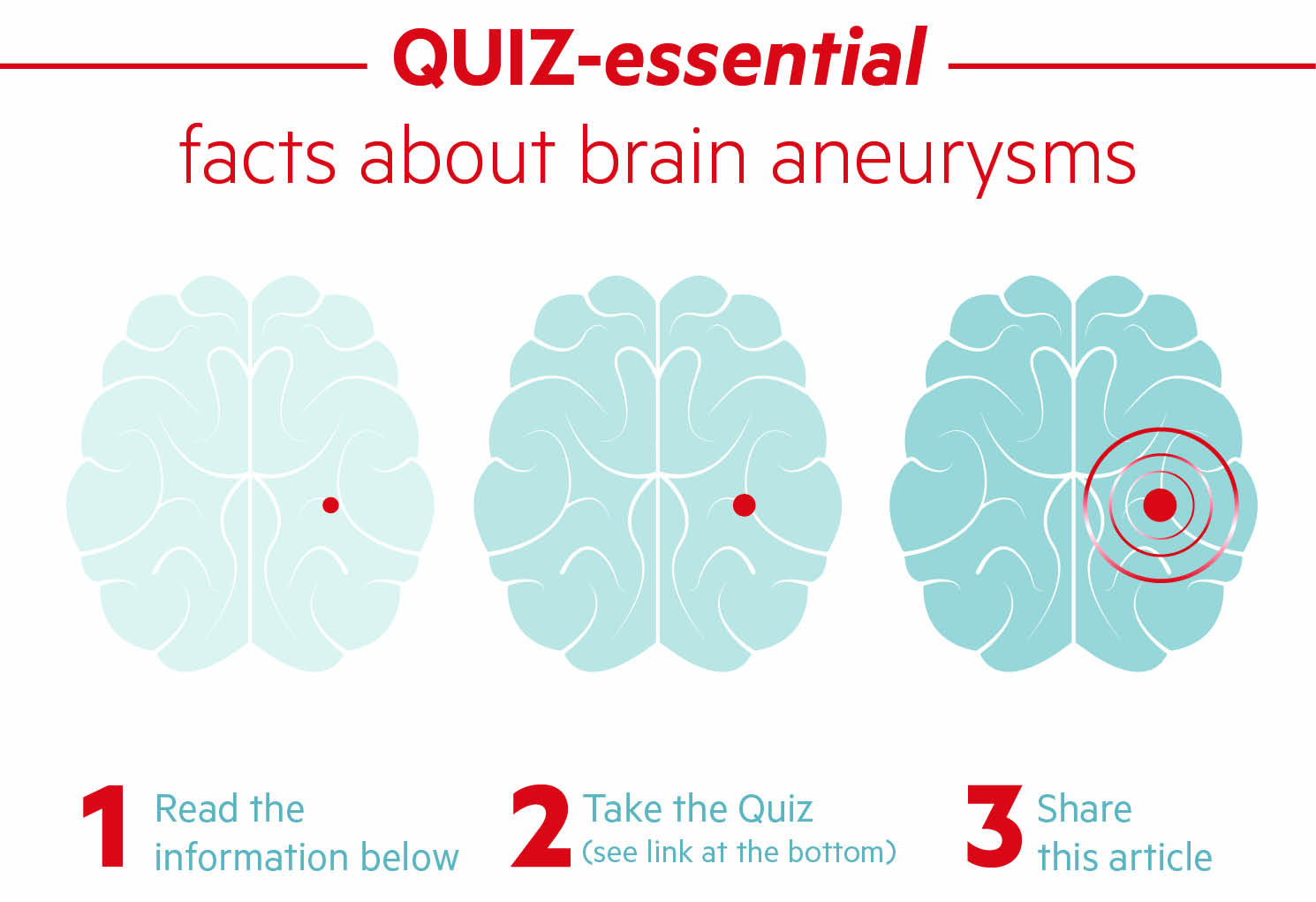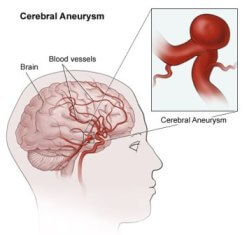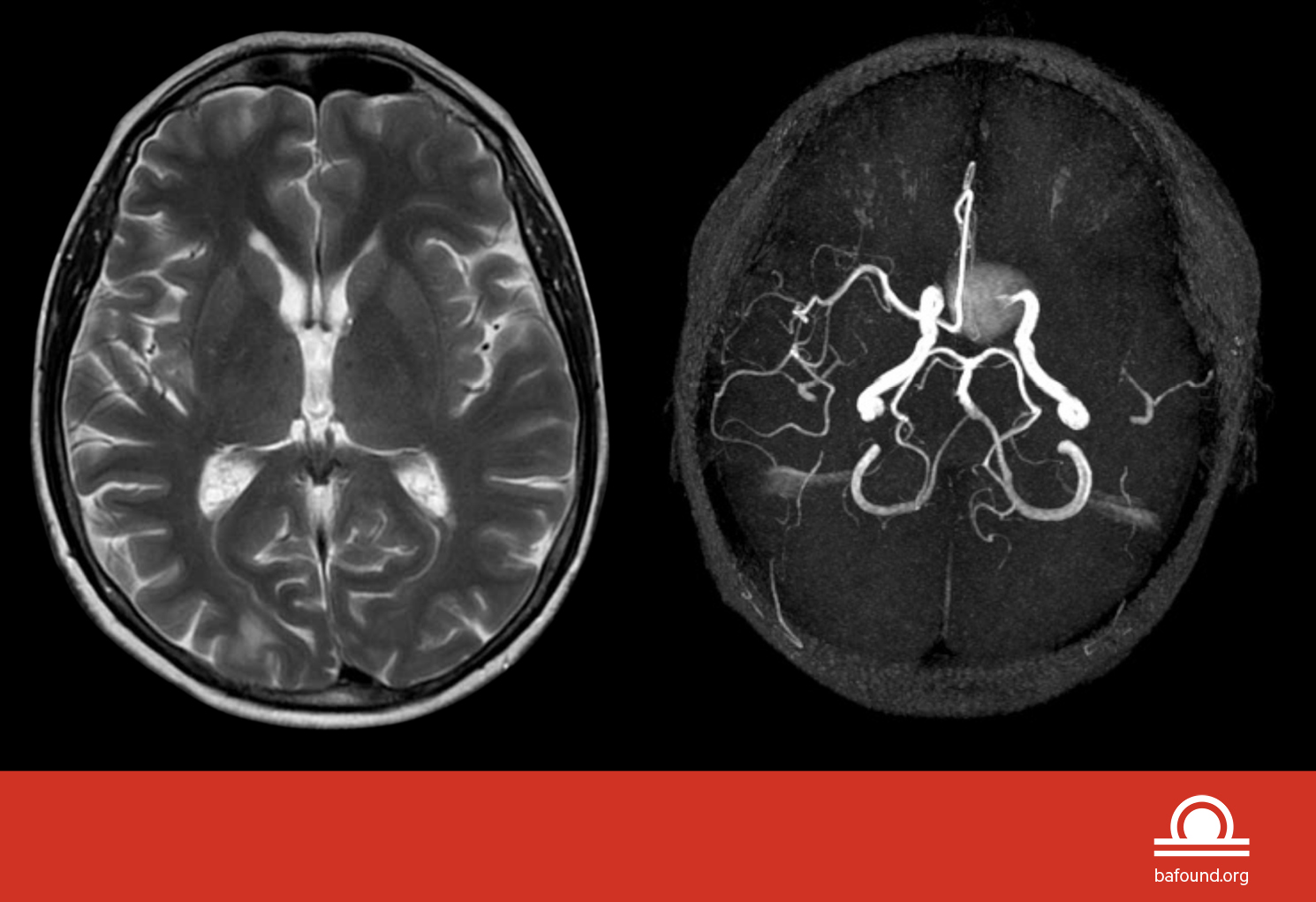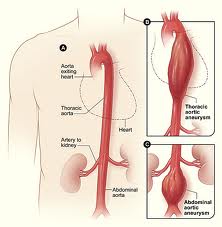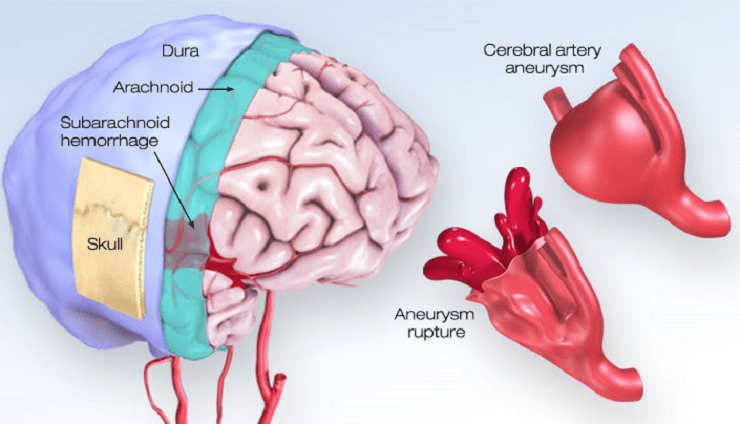Recommendation Tips About How To Detect An Aneurysm

To diagnose an abdominal aortic aneurysm, a doctor will examine you and review your medical and family history.
How to detect an aneurysm. If a doctor discovers an aortic aneurysm, you will need surgery to fix it. In addition to a complete medical history and physical examination, diagnostic procedures for an aneurysm may include any, or a combination, of the following: A physical exam or an ultrasound is usually the way that a doctor can detect an aortic aneurysm.
The section of aorta that passes through your chest ( thoracic aortic aneurysm) blood vessels supplying blood to your brain ( brain aneurysm) blood vessels in other parts of. You may need to be evaluated if you have symptoms of a burst aneurysm. If aneurysms appear not too deep under the skin, they are accompanied by pain, swelling, and tenderness to touch.
A special dye injected into the catheter travels to arteries throughout your brain. As tempting and easy as it may be, don't fall for the popcorn button on your microwave. Take note of severe abdominal or back pain.
The main symptom is an unusual, sudden, severe headache. Be aware that aortic aneurysms can be either abdominal aortic aneurysms or thoracic aortic aneurysms. Magnetic resonance imaging (mri) discussion of screening techniques;
Some of the best tests available today include computed tomographies (ct scan), magnetic resonance imaging (mri) tests, analyses of the cerebrospinal fluid, and. Don't use the popcorn button. If your doctor thinks that you may have an aortic aneurysm,.
Detecting an aortic aneurysm 1. Not all microwaves are made the same, so they won't.
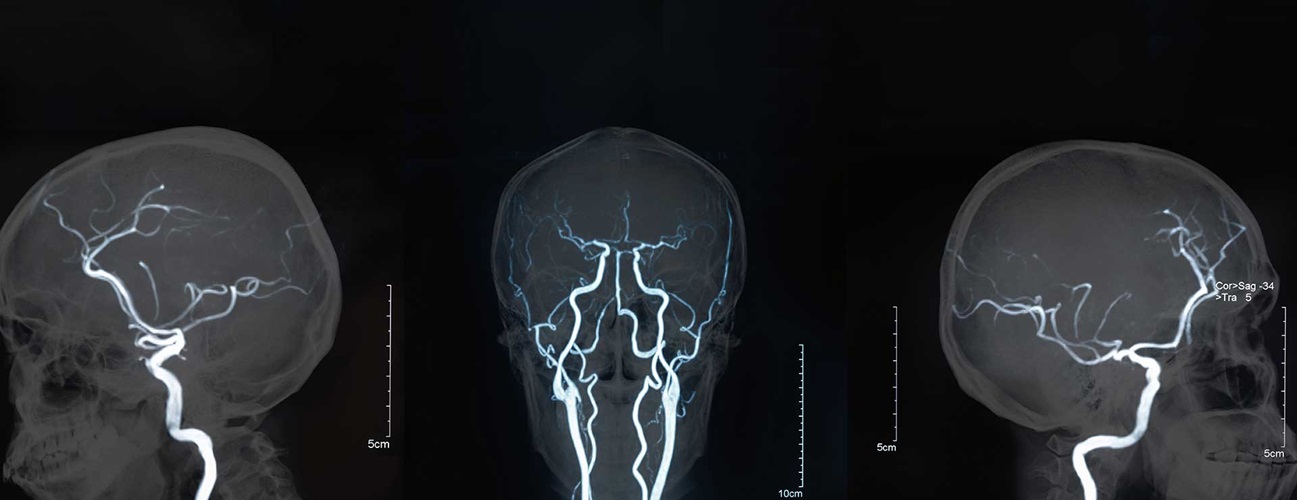


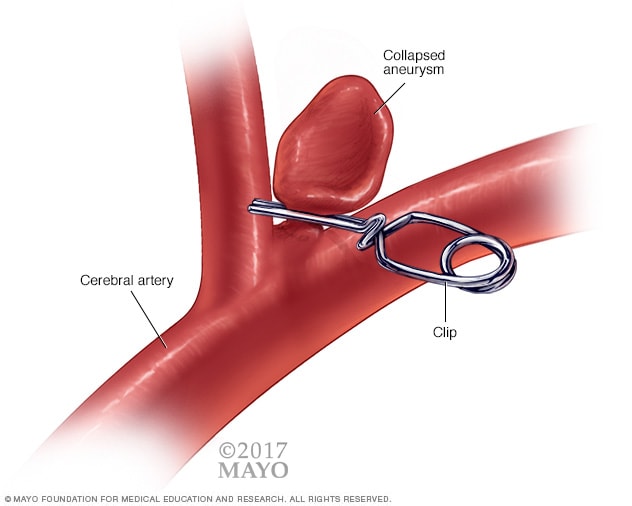


/brain-aneurysm-prognosis-3146347_final-626ea52debb4451d83fc32bee9b2bbcd.jpg)

